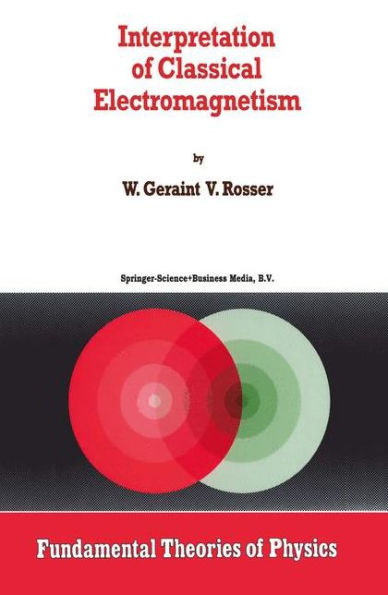5
1
9789048147397



Interpretation of Classical Electromagnetism / Edition 1 available in Hardcover, Paperback

Interpretation of Classical Electromagnetism / Edition 1
- ISBN-10:
- 9048147395
- ISBN-13:
- 9789048147397
- Pub. Date:
- 12/06/2010
- Publisher:
- Springer Netherlands
- ISBN-10:
- 9048147395
- ISBN-13:
- 9789048147397
- Pub. Date:
- 12/06/2010
- Publisher:
- Springer Netherlands

Interpretation of Classical Electromagnetism / Edition 1
$329.99
329.99
In Stock

Product Details
| ISBN-13: | 9789048147397 |
|---|---|
| Publisher: | Springer Netherlands |
| Publication date: | 12/06/2010 |
| Series: | Fundamental Theories of Physics , #78 |
| Edition description: | Softcover reprint of hardcover 1st ed. 1997 |
| Pages: | 426 |
| Product dimensions: | 6.10(w) x 9.25(h) x 0.04(d) |
From the B&N Reads Blog
